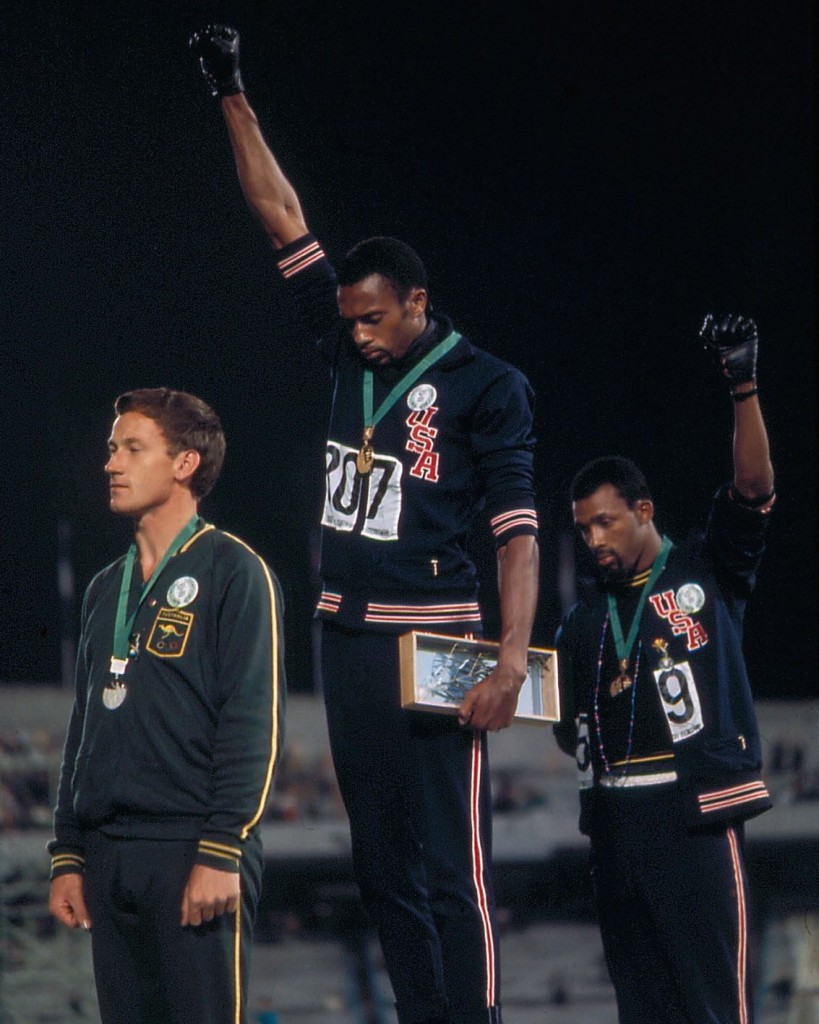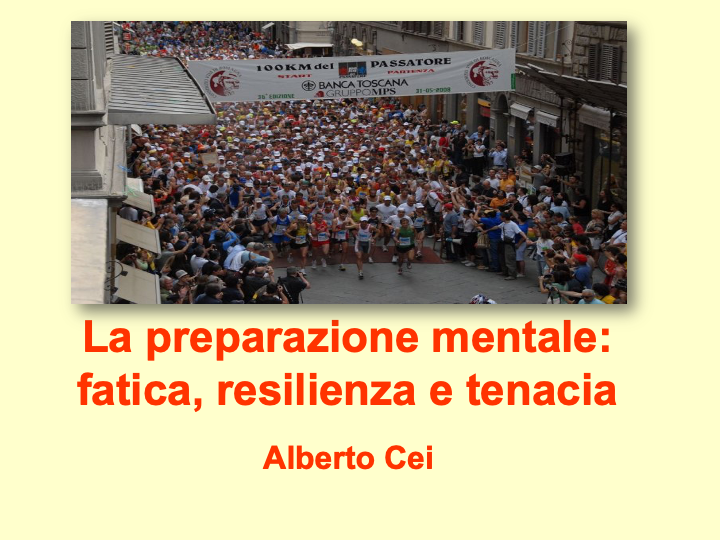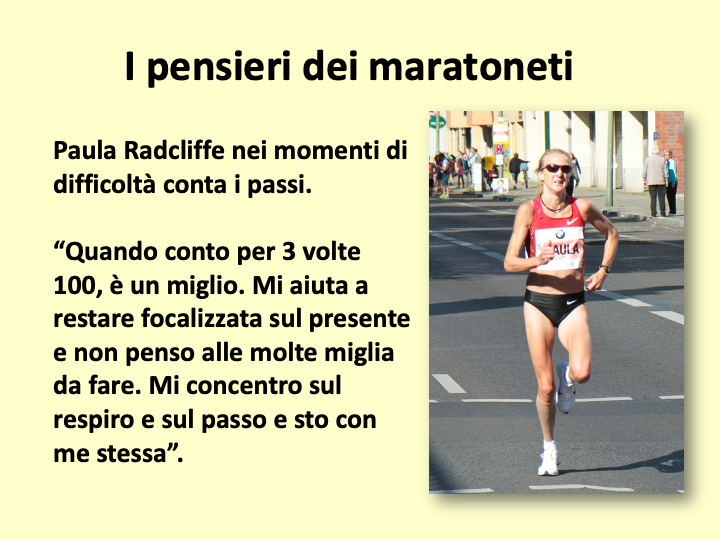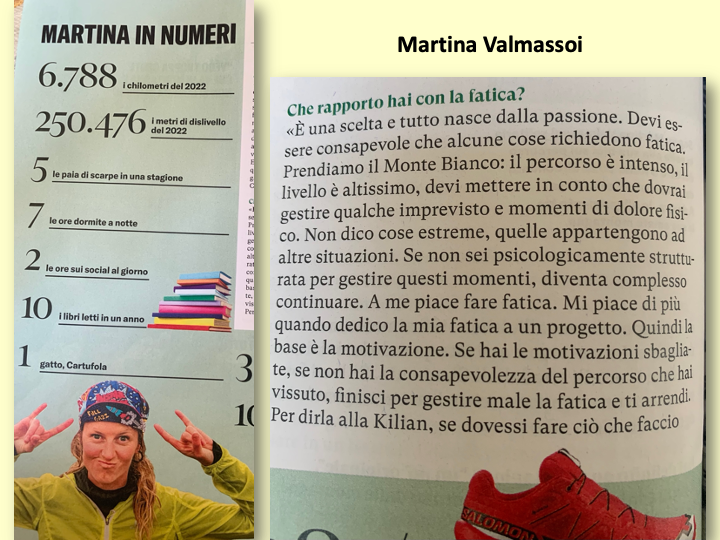Jolan Kegelaers & Raôul R. D. Oudejans (2022) Pressure makes diamonds? A narrative review on the application of pressure training in high-performance sports, International Journal of Sport and Exercise Psychology.
There is growing interest for the use of pressure training (PT) in high-performance sports. Although prior reviews have demonstrated the effectiveness of PT to improve performance outcomes, less attention has been directed towards the practical application of PT, including which different psychological or psychosocial functions PT may serve and how contextually relevant pressure-inducing tasks can be designed within practice. The purpose of this paper is to conduct a narrative review to explore and clarify the current knowledge regarding the application of PT within high-performance sports. More specifically, with this paper we aim to contribute to the current literature by discussing common features of PT conceptualisations, the proposed functions of PT, key considerations for the practical implementation of PT, and avenues for future PT research.
Although no single approach to PT exists, there are some areas of convergence among different conceptualisations (Fletcher & Arnold, 2021). First, interventions generally include a purposeful manipulation of the practice environment with the intention to expose athletes to increased levels of pressure (Low et al., 2021; Stoker et al., 2016). Within the PT literature, pressure is typically defined in line with Baumeister (1984), who described it as “any factor or combination of factors that increase the importance of performing well on a particular occasion” (p.610; see also Stoker et al., 2016). However, authors have argued that it is not the pressure (i.e., importance to perform one’s best) in and of itself, but rather the subsequent stress response, resulting from a subjective evaluation of the situation, which will negatively affect an athlete’s functioning (Oudejans & Pijpers, 2009; Vine et al., 2016).
Perhaps stated more accurately, PT, thus, involves manipulation of the practice environment with the intend to evoke a stress-related response within the athletes (Fletcher & Arnold, 2021; Fletcher & Sarkar, 2016; Kegelaers, Wylleman, & Oudejans, 2020). To illustrate, Oudejans and Pijpers (2009, 2010) considered the presence of at least some mild anxiety, which can be considered an emotional stress response (Vine et al., 2016), as a key property of effective PT. Second, PT typically also includes a physical practice component (Low et al., 2021). Some authors have described it as a way to “familiarise” (Kegelaers, Wylleman, & Oudejans, 2020) or “acclimatise” (Beseler et al., 2016) athletes to increased pressure. However, Oudejans and Pijpers (2009) demonstrated that exposure to a stress-inducing stimulus in and of itself was insufficient to reduce negative performance effects of pressure. Only if participants had to execute a certain task under pressure conditions did performance on that specific task increase (Oudejans & Pijpers, 2009). In this regard, Low et al. (2021) argued that “PT does not just train the ability to cope with anxiety; instead, it trains the ability to cope while simultaneously executing skills or making decisions” (p.150).
Looking at the literature in a little more detail, it would seem two broad approaches can be distinguished regarding the tasks around which PT is organised.
A first approach has considered PT specifically as a means to reduce choking on a well-defined sport-specific task (Gröpel & Mesagno, 2019). In general, these studies tend to focus on simulating the specific conditions and performance stressors associated with task performance as closely as possible (Pinder et al., 2011). This may explain the observation that most research has focused on PT in relation to closed skill tasks (Low et al., 2021), including basketball free-throw shooting (Oudejans & Pijpers, 2009; Experiment 1), goal kicking in Australian football (Beseler et al., 2016), or badminton serves (Alder et al., 2016), as the structured and predictable nature of such tasks is easier to simulate within practice.
At the same time, some studies seemed to consider PT as a broader stress management intervention, aimed at helping athletes cope with a wider range of different and sometimes unexpected stressors (Henriksen, 2018; Kegelaers, Wylleman, & Oudejans, 2020). For example, Kegelaers, Wylleman, and Oudejans (2020) described how coaches used pressure manipulations outside of the usual practice environment, including long travels, poorly organised training camps, or even non-sport-related activities (e.g., military training camp). From this perspective, PT may help athletes and teams familiarise and cope with a broader range of stressors, including organisational stressors.









